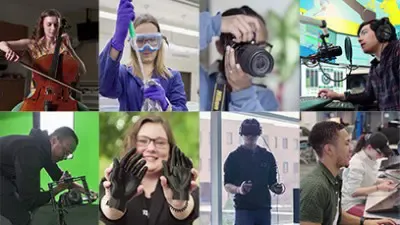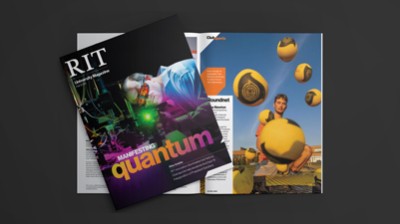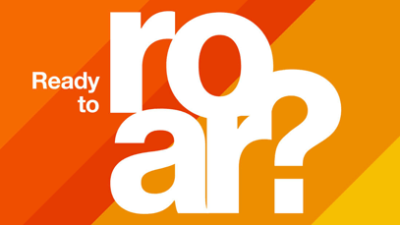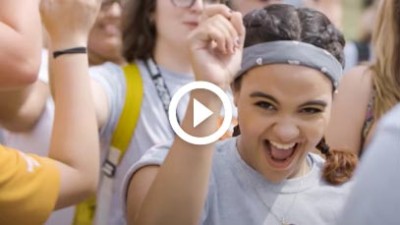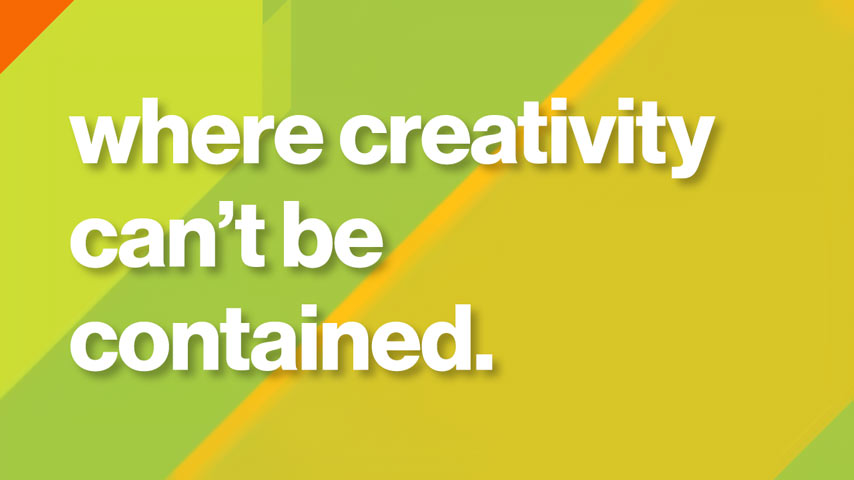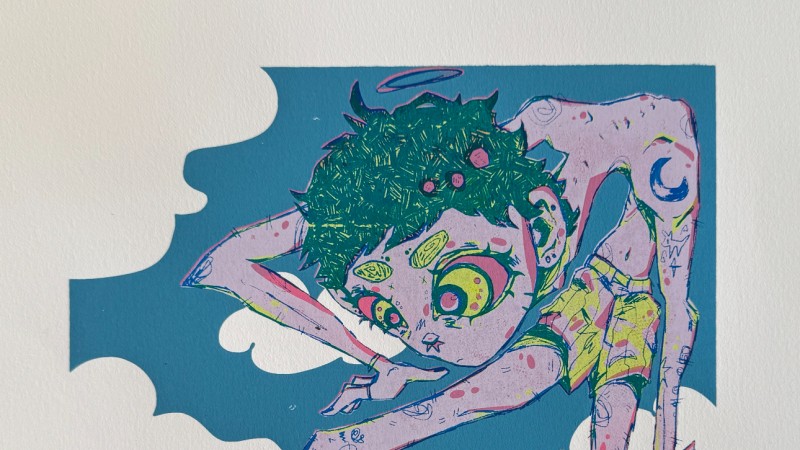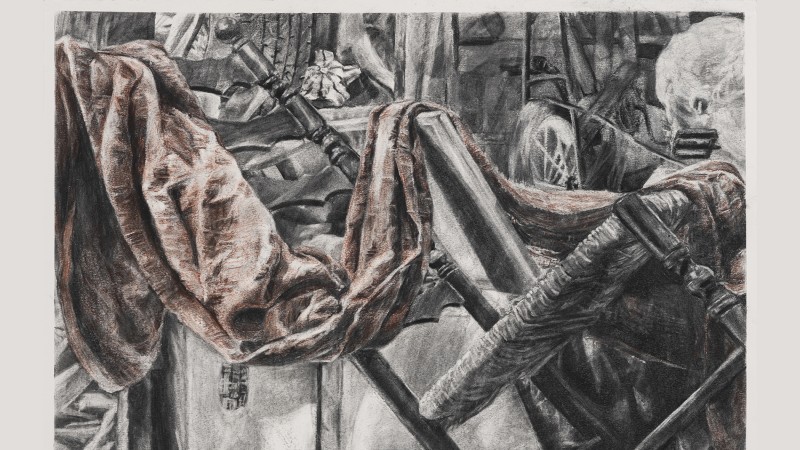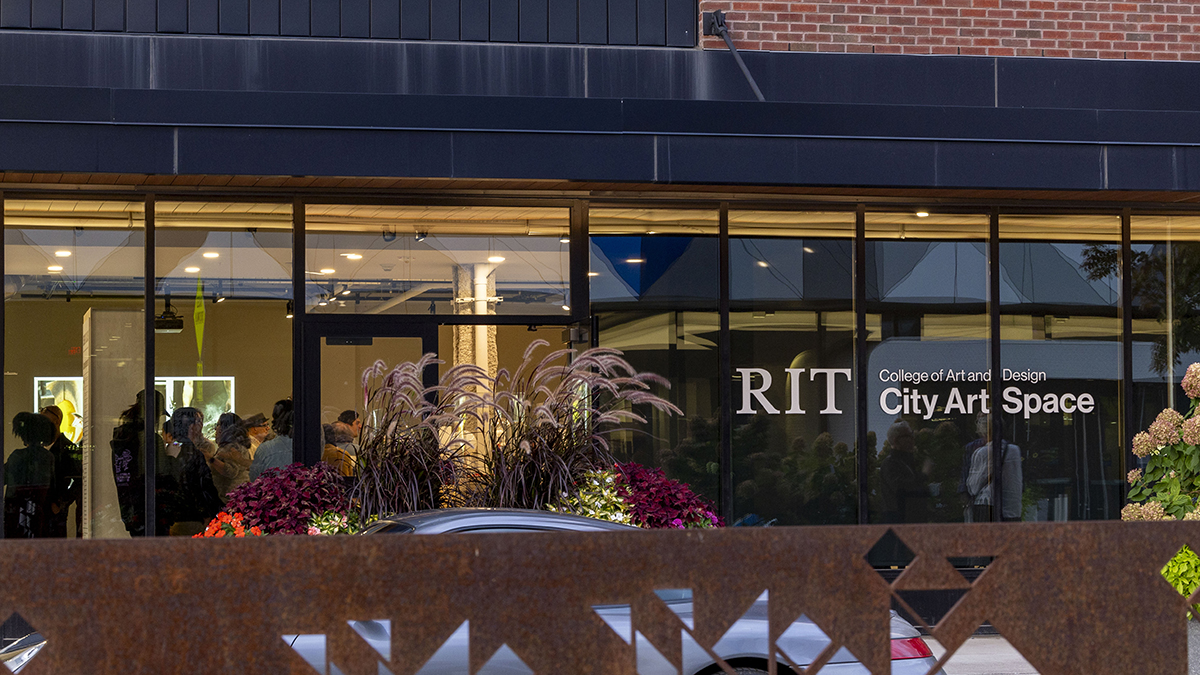Painting Option - Studio Arts BFA
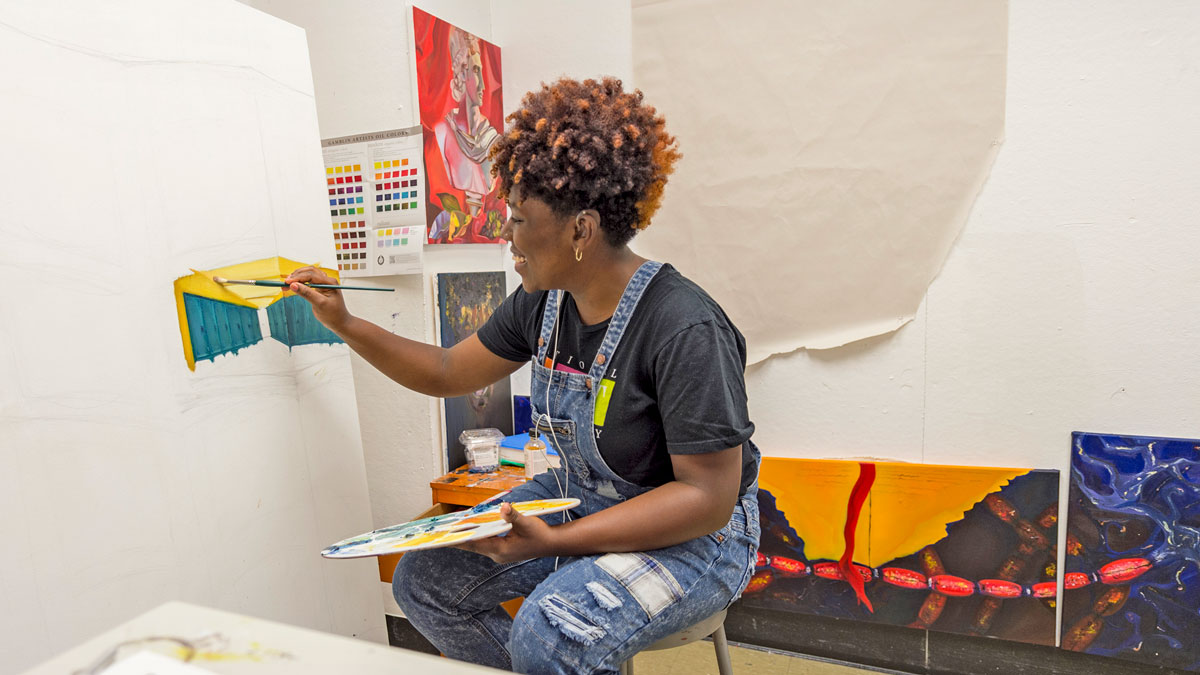
Painting Option
Studio Arts BFA
- RIT /
- Rochester Institute of Technology /
- Academics /
- Painting Option - Studio Arts BFA
RIT's BFA in painting covers traditional methodologies as well as contemporary visual art practices through creative and engaging studio practice and critical discourse.
Overview for Painting Option - Studio Arts BFA
Why Study Painting at RIT
Gain Real-World Experience: Cooperative education and internship means hands-on, full-time paid work experience.
College Preparation Workshops: High school juniors and seniors can participate in the two-week School of Art's annual Pre-College Portfolio Preparation Workshop.
Exhibit your Work: During senior year, your final body of work will be featured in a gallery.
This painting degree engages in contemporary visual art practice through a personal exploration of painting techniques. The comprehensive curriculum covers traditional methodologies as well as contemporary visual art practices. Rigorous studio practice and critical discourse encourage the development of a strong personal language that allows for effective individual expression. This option is part of the studio arts BFA program.
-
Join Us for Accepted Student Open House
Visit campus on March 28 or April 11 to meet faculty, tour campus, and ask your questions.
-
Apply for Fall 2026
First-year students can apply for Early Decision II by Jan. 1 to get an admissions and financial aid assessment by mid-January.
Careers and Experiential Learning
Industries
-
Performing and Fine Arts
-
Higher Education
Cooperative Education and Internships
What’s different about an RIT education? It’s the career experience you gain by completing cooperative education and internships with top companies in every single industry. You’ll earn more than a degree. You’ll gain real-world career experience that sets you apart. It’s exposure–early and often–to a variety of professional work environments, career paths, and industries.
Co-ops and internships take your knowledge and turn it into know-how. An art and design co-op provides hands-on experience that enables you to apply your artistic capabilities in dynamic professional settings while you make valuable connections between classwork and real-world applications.
Students in the painting option are encouraged to complete cooperative education, internships, and other experiential learning opportunities.
Creative Industry Days
Connect with Design Industry Leaders
RIT’s Office of Career Services and Cooperative Education hosts Creative Industry Days, which connects students majoring in art, design, film and animation, photography, and select computing majors with companies, organizations, creative agencies, design firms, and more. Creative Industry Days are a series of events that allow you to network with company representatives and interview directly for open co-op and full-time employment positions.
Featured Work and Profiles
-
Visiting Artist: Corey Pemberton
Corey Pemberton spent three days embedded in the RIT College of Art and Design's creative community in February 2025, leading an artist talk, studio visits with MFA candidates, glassblowing demos, and...
Read More about Visiting Artist: Corey Pemberton -
Silkscreen print selected for juried exhibition
Kas Gaviola ’27 (painting option - studio arts BFA) created a silkscreen print that was selected for the prestigious Rochester-Finger Lakes Exhibition at Memorial Art Gallery.
Read More about Silkscreen print selected for juried exhibition -
Drawing Projects
Emily Glass A survey of projects by first-year students in Senior Lecturer Emily Glass's Drawing 1 class. The foundations course is an introduction to the visualization of form, thought, and expression through...
Read More about Drawing Projects -
'Sp(arrows)' Exhibition
Taylor Kennedy, Annalisa Barron "Sp(arrows)" is a two-person exhibition at RIT City Art Space featuring Annalisa Barron and Taylor Kennedy '15 (fine arts studio), whose combined work explores the cathartic relationship of...
Read More about 'Sp(arrows)' Exhibition -
Pre-College Portfolio Prep Workshop
RIT's annual Pre-College Portfolio Preparation Workshop offers students an engaging and rewarding experience. The course, taught by our School of Art's drawing and painting faculty, is a visual arts...
Read More about Pre-College Portfolio Prep Workshop -
Painting the Natural World
Emily Glass A collection of paintings created by undergraduate and graduate students in Painting the Natural World classes taught by RIT School of Art Senior Lecturer Emily Glass. The course examines the natural...
Read More about Painting the Natural World
Admissions and Financial Aid
This option is part of the Studio Arts BFA. Please visit the degree program page for admission requirements.
Financial Aid and Scholarships
100% of all incoming first-year and transfer students receive aid.
RIT’s personalized and comprehensive financial aid program includes scholarships, grants, loans, and campus employment programs. When all these are put to work, your actual cost may be much lower than the published estimated cost of attendance.
Learn more about financial aid and scholarships
Related News
-
September 24, 2025
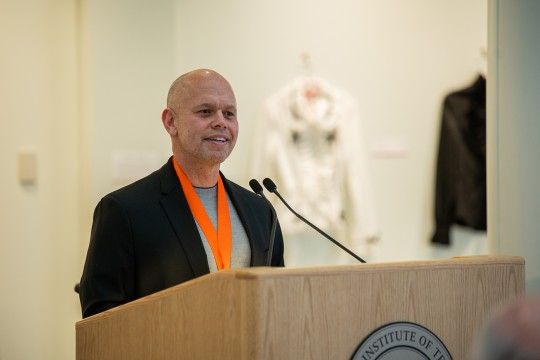
New School of Film and Animation director, faculty roles for 2025-26
Ricky Figueora taking over as the new director of RIT's School of Film and Animation headlines exciting promotions and additions to the College of Art and Design faculty.
-
August 29, 2024
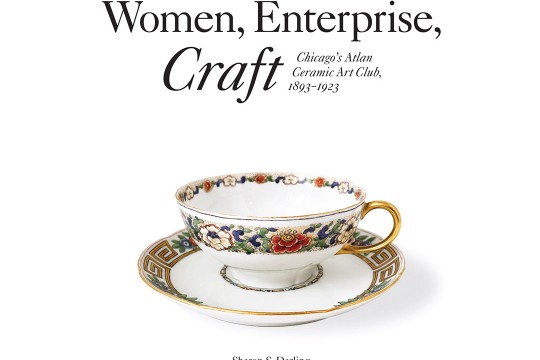
RIT Press publishes new title in its Arts and Crafts Movement series
Women, Enterprise, Craft: Chicago’s Atlan Ceramic Art Club, 1893–1923, written by Sharon S. Darling, revisits the Atlan Ceramic Art Club, one of the leading studios of hand-painted china, or “china painting,” in the Midwest. The publication is part of the RIT Press Arts and Crafts Movement Series.
-
March 21, 2024
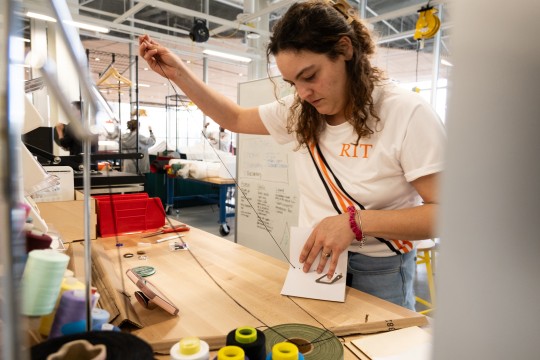
Innovation unleashed: students forge transdisciplinary projects at RIT's a2ru summit
Students leveraged the variety of makerspaces in RIT's brand-new SHED facility to create arts-integrative work responding to a theme of "Play."
Contact
- Clifford Wun
- Associate Professor, Art
- School of Art
- College of Art and Design
- clwfaa@rit.edu
School of Art
